International destinations
International Tourist Destinations
The International tourism industry is stronger than ever before. Destinations around the world have developed their economies around international tourism and they are thriving.
Tourism is a phenomenon with no universally accepted definition, owing to the complexity and individualism of the travellers themselves and the activities that they choose to undertake.
The most widely utilised definition of tourism, proposed by the World Trade Organisation (WTO) and United States (UN) Nations Statistics Division (1994), prescribes that in order to qualify as a tourist one must travel and remain in a place outside of their usual residential environment for not more than one consecutive year for leisure, business or other purposes.

Australia
Australia is the only country in the world that covers an entire continent. It is one of the largest countries on Earth. Although it is rich in natural resources and has a lot of fertile land, more than one-third of Australia is desert. Most Australian cities and farms are located in the southwest and southeast, where the climate is more comfortable. There are dense rain forests in the northeast. The famous outback (remote rural areas) contains the country's largest deserts, where there are scorching temperatures, little water, and almost no vegetation. Running around the eastern and south-eastern edge of Australia is the Great Dividing Range. This 2,300-mile (3,700-kilometer) stretch of mountain sends water down into Australia's most important rivers and the Great Artesian Basin, the largest groundwater source in the world. Aboriginal people arrived in Australia about 50,000 years ago. They may have travelled from Asia across land bridges that were exposed when sea levels were lower. The hardy Aborigines have learned to live in the harsh conditions of the outback. Dutch explorers first landed in Australia in 1606, and the British began to settle there in 1788. Many settlers were criminals sent to live in Australia as punishment. For a short time, the newcomers lived peacefully with the Aboriginal people. But soon, fighting broke out over who owned the land. In 1851, gold was discovered in Australia. A rush to find riches brought thousands of new immigrants, and by 1859, six separate colonies existed. In 1901, these colonies joined to form a British commonwealth.
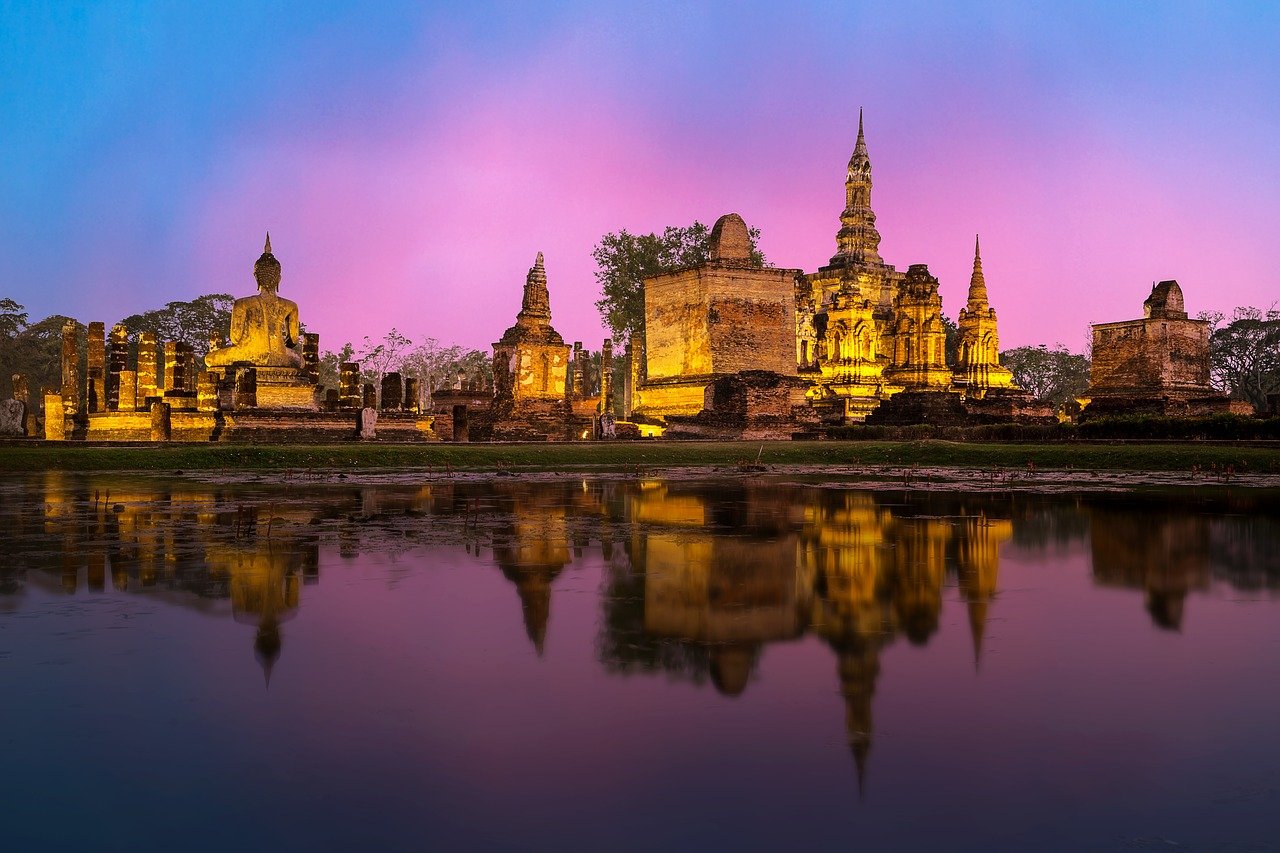
Cambodia
Situated on the Indochinese peninsula, Cambodia is bordered by Thailand and Laos on the north and Vietnam on the east and south. The Gulf of Thailand is off the western coast. The size of Missouri, the country consists chiefly of a large alluvial plain ringed by mountains with the Mekong River to the east. The plain is centered around Lake Tonle Sap, which is a natural storage basin of the Mekong. The area that is present-day Cambodia came under Khmer rule about 600, when the region was at the center of a vast empire that stretched over most of Southeast Asia. Under the Khmers, who were Hindus, a magnificent temple complex was constructed at Angkor. Buddhism was introduced in the 12th century during the rule of Jayavaram VII. However, the kingdom, then known as Kambuja, fell into decline after Jayavaram's reign and was nearly annihilated by Thai and Vietnamese invaders. Kambuja's power steadily diminished until 1863, when France colonized the region, joining Cambodia, Laos, and Vietnam into a single protectorate known as French Indochina. The French quickly usurped all but ceremonial powers from the monarch, Norodom. When he died in 1904, the French passed over his sons and handed the throne to his brother, Sisowath. Sisowath and his son ruled until 1941, when Norodom Sihanouk was elevated to power. Sihanouk's coronation, along with the Japanese occupation during the war, worked to reinforce a sentiment among Cambodians that the region should be free from outside control. After World War II, Cambodians sought independence, but France was reluctant to part with its colony. Cambodia was granted independence within the French Union in 1949.
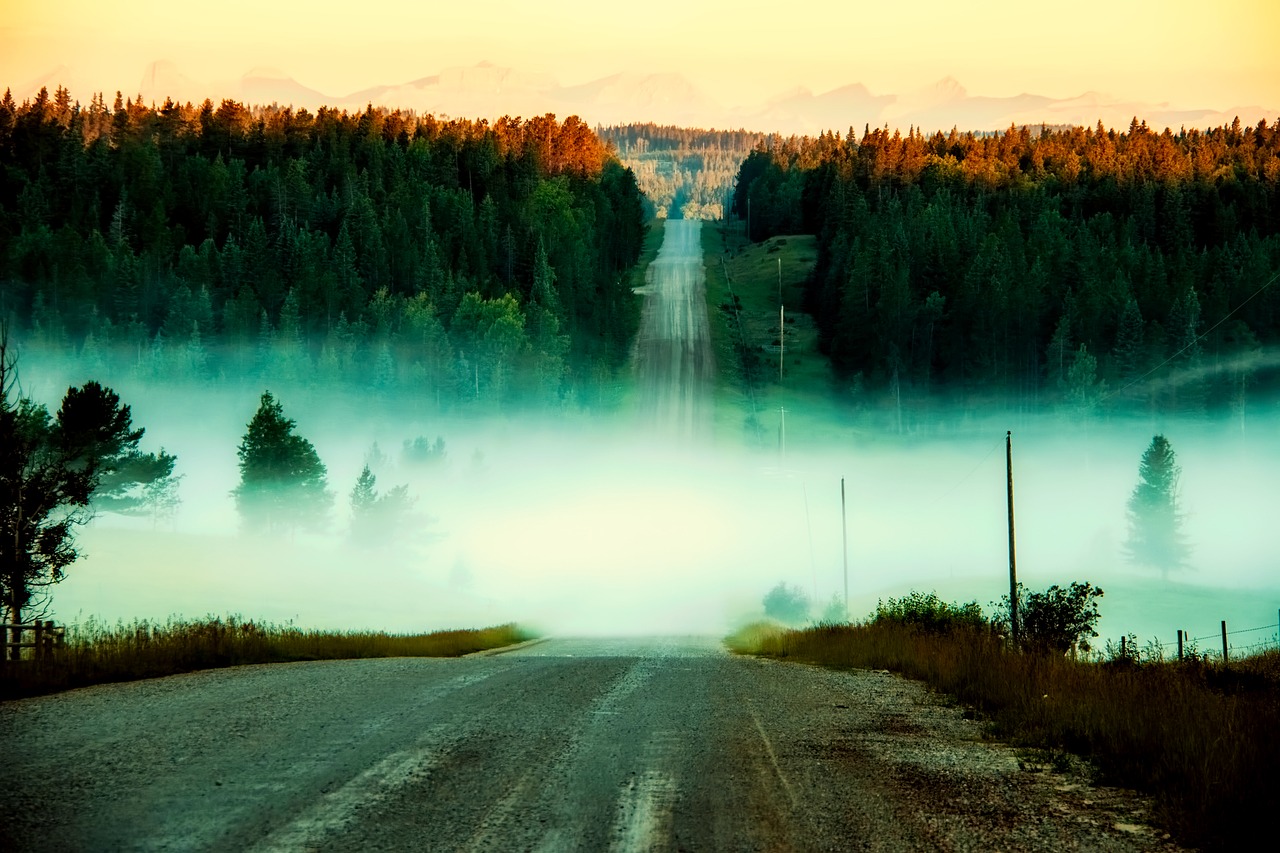
Canada
Canada is a vast and rugged land. From north to south it spans more than half the Northern Hemisphere. From east to west it stretches almost 4,700 miles (7,560 kilometers) across six time zones. It is the second largest country in the world, but it has only one-half of one percent of the world's population. Canada features black-blue lakes, numerous rivers, majestic western mountains, rolling central plains, and forested eastern valleys. The Canadian Shield, a hilly region of lakes and swamps, stretches across northern Canada and has some of the oldest rocks on Earth. Canada's far north lies in the frozen grip of the Arctic, where ice, snow, and glaciers dominate the landscape. Few trees grow here, and farming is not practical. Native Canadians, called First Nations people, live in this region by hunting and fishing. The first people to come to Canada arrived between 15,000 and 30,000 years ago across a land bridge that joined Asia and North America. Around A.D. 1000, the Viking explorer Leif Eriksson reached Newfoundland, Canada.

China
Stretching 3,100 miles (5,000 kilometers) from east to west and 3,400 miles (5,500 kilometers) from north to south, China is a large country with widely varying landscapes. Its territory includes mountains, high plateaus, sandy deserts, and dense forests. One-third of China's land area is made up of mountains. The tallest mountain on Earth, Mount Everest, sits on the border between China and Nepal. China has thousands of rivers. The Yangtze and the Yellow Rivers are the most important. At 3,915 miles (6,300 kilometers) long, the Yangtze is the world's third largest river. China is the home of one of the world's oldest civilizations, but it has only recently become a "modern" nation. In the last 20 years, China has changed faster than any other country in the world. Chinese history is divided into dynasties, each of which marks the period when a line of emperors ruled. The first empire was the Qin dynasty and began in 221 B.C. The last emperor was overthrown in 1912, and China became a republic. The communist government began its rule in 1949 following a civil war with the Chinese Nationalists. Ancient China was a land of invention. For centuries, China was way ahead of most other countries in science and technology, astronomy, and math. The Chinese invented paper, the magnetic compass, printing, porcelain, silk, and gunpowder, among other things.
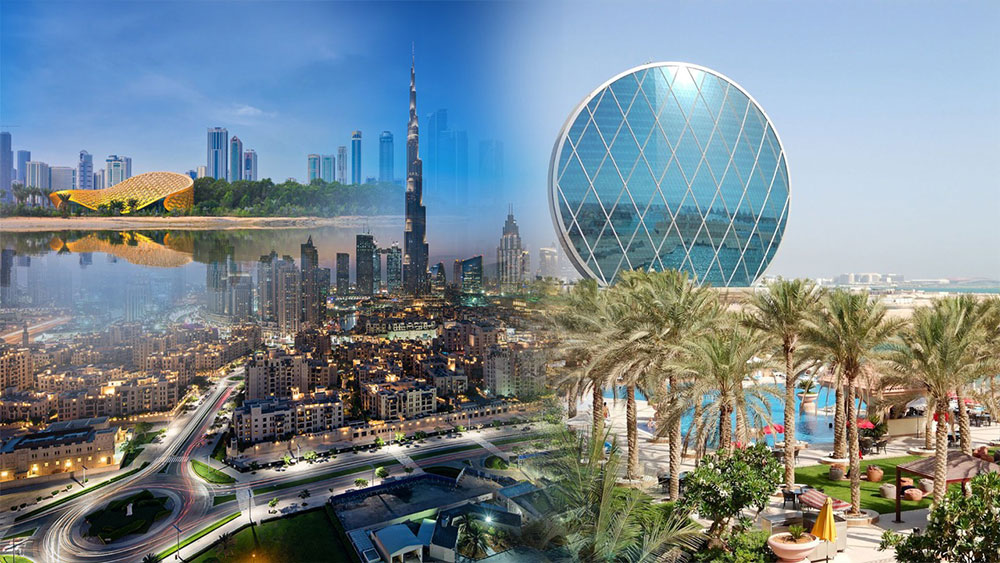
Dubai, Abu Dhabi & Sharjah
Dubai is the largest city in the United Arab Emirates. It is located on the south-east coast of the Persian Gulf, in the Arabian Desert, and is the capital of the Emirate of Dubai, one of the seven emirates that make up the country. Dubai is known for luxury shopping, ultramodern architecture and lively night-life.
Abu Dhabi is the capital and the second-most populous city of the United Arab Emirates (after Dubai). The city of Abu Dhabi is located on an island in the Persian Gulf, off the Central West Coast.
Sharjah is the third largest city in the United Arab Emirates after Dubai and Abu Dhabi. The palace of the ruler of the Emirate of Sharjah, His Highness Sheikh Dr. Sultan bin Muhammad Al-Qasimi, is located about 20 kilometres (12 mi) southeast of the city.
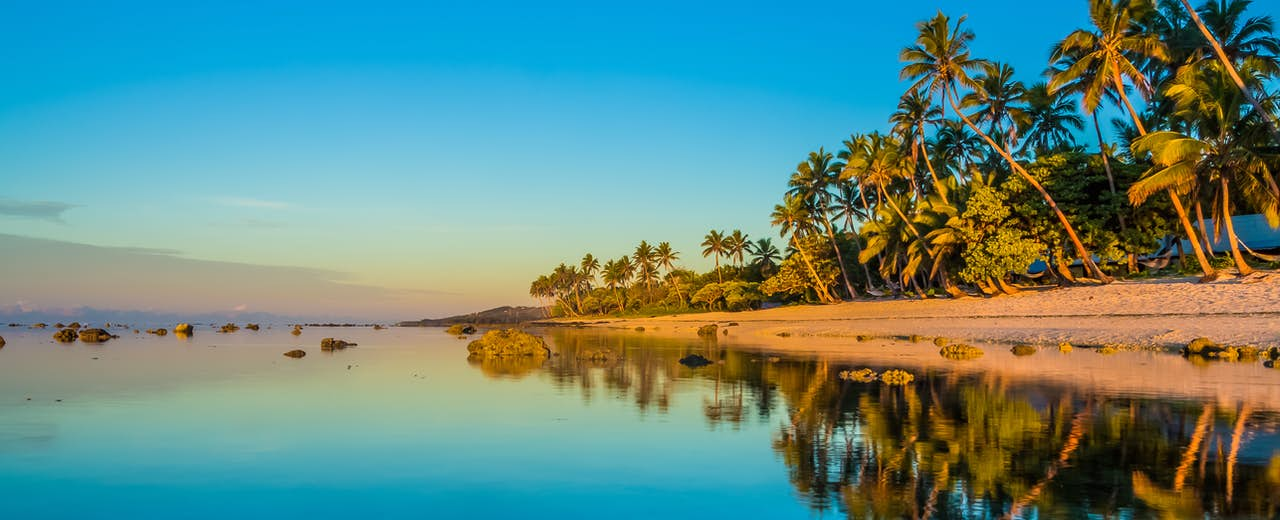
Fiji
Fiji consists of 332 islands in the southwest Pacific Ocean about 1,960 mi (3,152 km) from Sydney, Australia. About 110 of these islands are inhabited. The two largest are Viti Levu (4,109 sq mi; 10,642 sq km) and Vanua Levu (2,242 sq mi; 5,807 sq km). Fiji, which had been inhabited since the second millennium B.C., was explored by the Dutch and the British in the 17th and 18th centuries. In 1874, an offer of cession by the Fijian chiefs was accepted, and Fiji was proclaimed a possession and dependency of the British Crown. In the 1880s large-scale cultivation of sugarcane began. Over the next 40 years, more than 60,000 indentured laborers from India were brought to the island to work the plantations. By 1920, all indentured servitude had ended. Racial conflict between Indians and the indigenous Fijians has been central to the small island's history. Fiji became independent on Oct. 10, 1970. In Oct. 1987, Brig. Gen. Sitiveni Rabuka staged a coup to prevent an Indian-dominated coalition party from taking power. The military coup caused an exodus of thousands of Fijians of Indian origin who suffered ethnic discrimination at the hands of the government. A new constitution, which took effect in July 1998, provided for a multiracial cabinet and raised the prospect of a coalition government. The previous constitution had guaranteed dominance to ethnic Fijians. In 1999, Fiji's first ethnic Indian prime minister, Mahendra Chaudhry, took office.
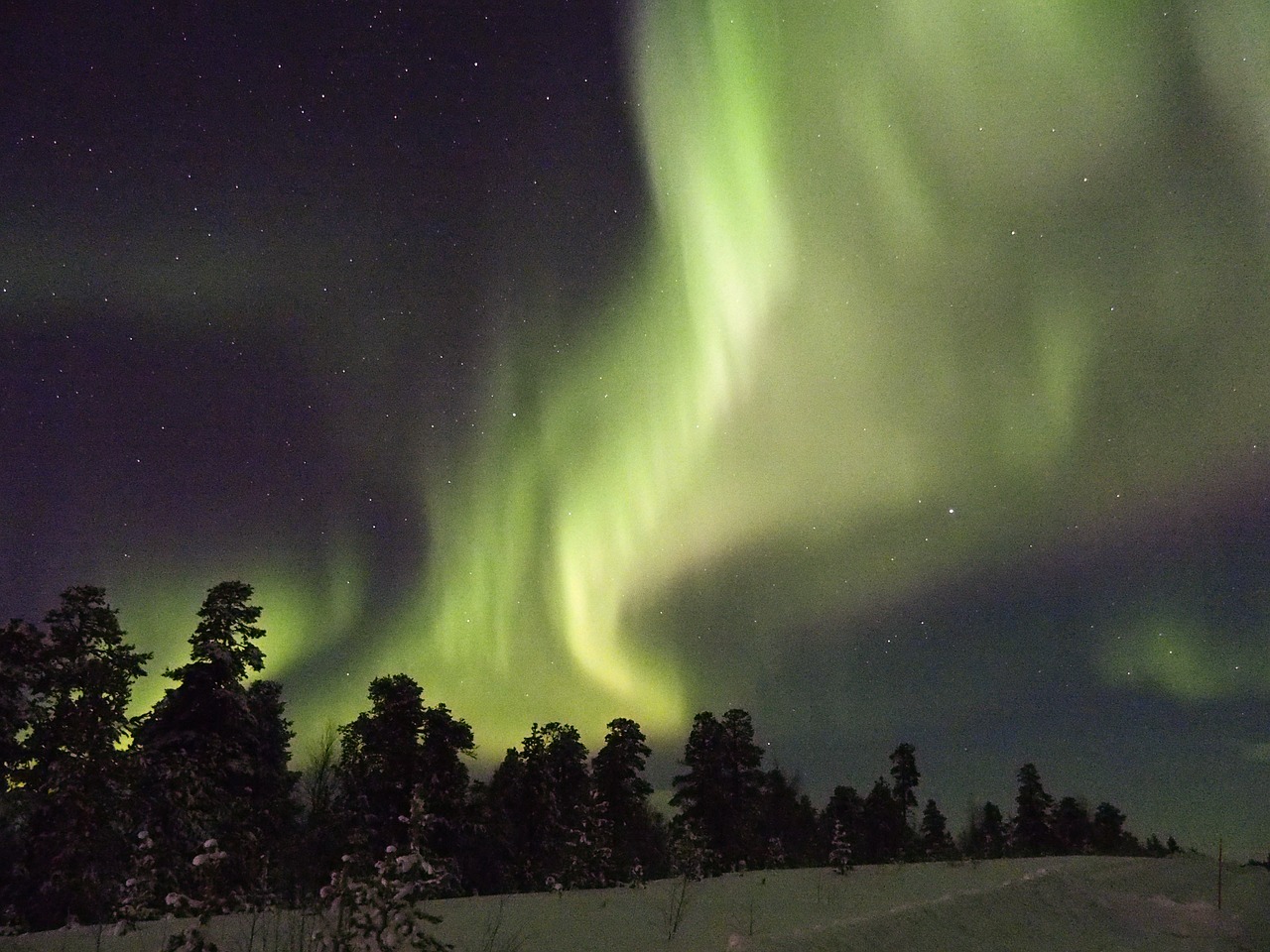
Finland
Finland is part of Scandinavia, a geographical region in northern Europe, and shares land borders with Norway, Sweden, and Russia. The Baltic Sea borders the country to the south and southwest. The coastline in this part of the country is speckled with nearly 180,000 small islands. Finland’s remote northern province, known as Lapland, sits above the Arctic Circle. The Finnish landscape is mostly flat, though the Scandinavian Mountains stretch into the northwestern part of the country. Finland is heavily forested, with over 70 percent of the country covered by thick woodlands. Called “land of a thousand lakes,” Finland actually has 187,888 of them. The first inhabitants of present-day Finland arrived about 9,000 years ago. Those early people were the ancestors of Lapland’s current Sami herders. For much of the Viking era (A.D. 793–1066), many countries fought for control of Finland. During this time, the Finns supplied furs to Vikings, who passed through the country on their way to Russia. When the Viking era ended in the 11th century, both the Russians and the Swedes tried to claim Finland. The conflict between Russia and Sweden evolved into a religious rivalry, resulting in the pope—the head of the Catholic Church—declaring Finland a Swedish territory in 1120.
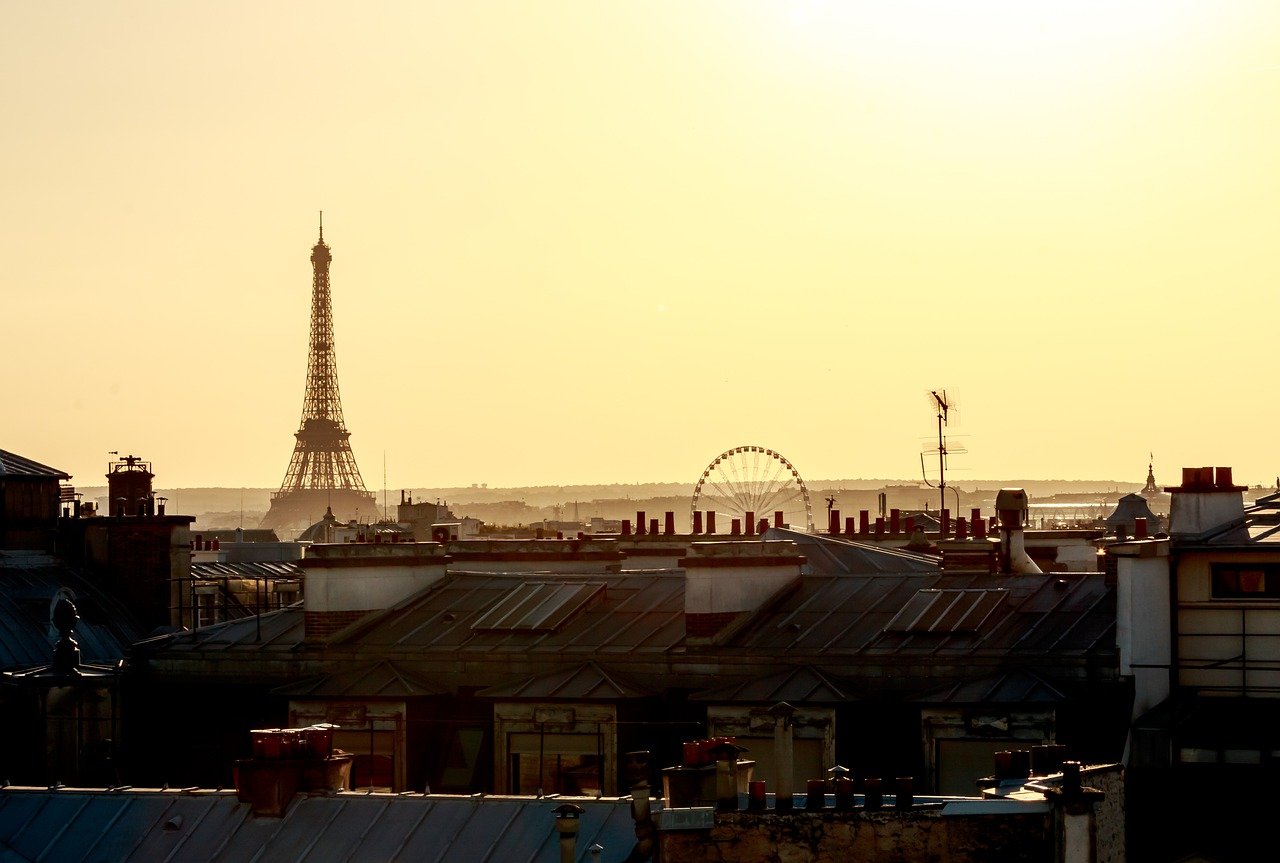
France
France, the largest country in Western Europe, has long been a gateway between the continent's northern and southern regions. France, the largest country in Western Europe, has long been a gateway between the continent's northern and southern regions. Its lengthy borders touch Germany and Belgium in the north; the Atlantic Ocean in the west; the Pyrenees Mountains and Spain in the south. Wide fertile plains dominate most of the north and west, making France the agricultural epicenter of Europe. The sprawling, forested plateau of the Massif Central, a range of ancient mountains and extinct volcanoes, occupies France's southern interior.
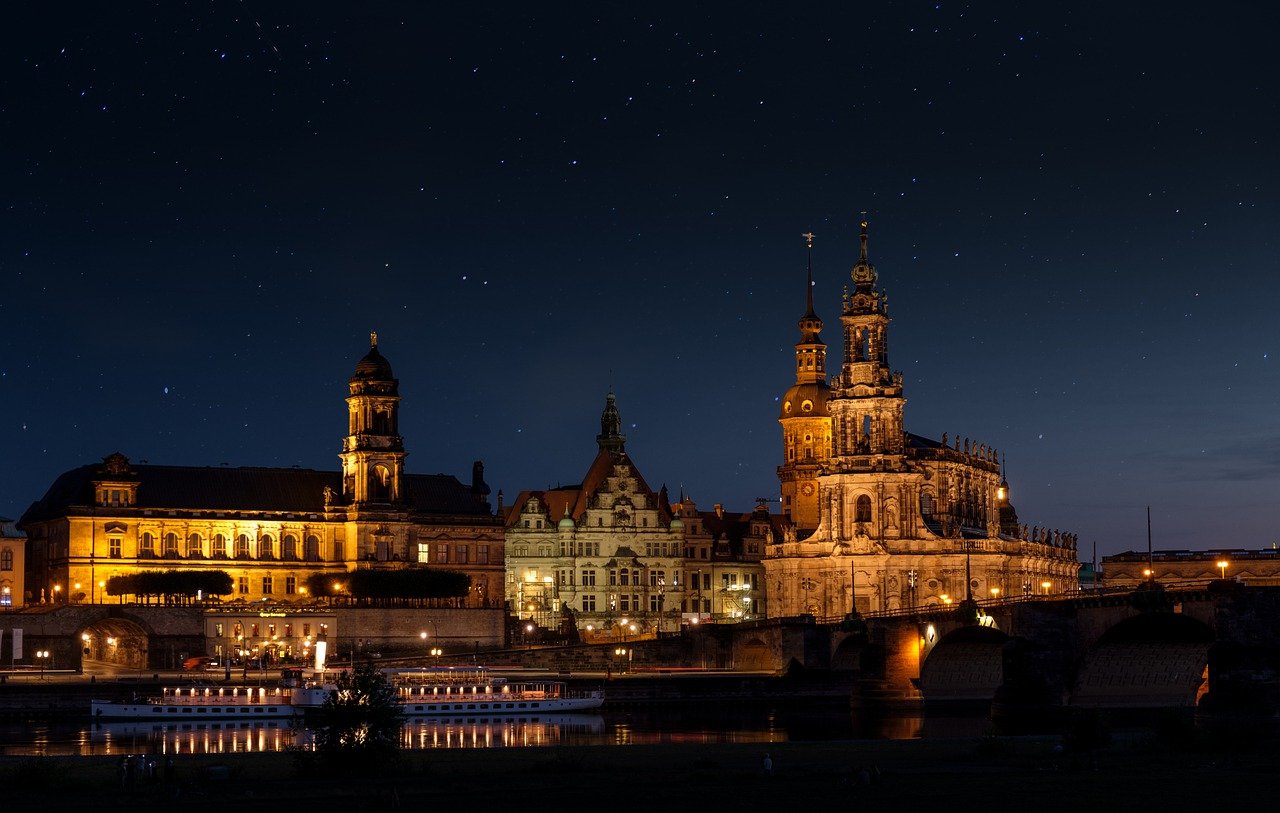
Germany
Germany's central and southern regions have forested hills and mountains cut through by the Danube, Main, and Rhine river valleys. In the north, the landscape flattens out to a wide plain that stretches to the North Sea. Between these extremes, Germany is a country of incredible variety. Germany's location at the heart of Europe has shaped its history both for good and bad. It borders nine neighbors, more than any other European country. Germany's largest wooded area, and its most famous, is in the southwest near the Swiss border. This is the Black Forest, a mountainous region full of pines and fir trees. This forest contains the source of the Danube, one of Europe's longest rivers. Humans settled in northern Europe about 10,000 years ago, after the end of the last Ice Age. The first people to speak a language similar to modern German probably lived in the area about 5,000 years ago. It was still thousands of years, though, before Germany was created. Early Germany was a patchwork of small states ruled by dukes and kings. But in 1871, the country was united, through force and alliances, by a politician named Otto von Bismarck. In the late 19th century Germany began competing with other European countries to set up colonies in Africa and Asia. These tensions led to World War I in 1914, the worst conflict the world had ever seen. Germany and its allies lost the war to Britain, France, and the United States. Adolf Hitler and his Nazi Party came to power in 1933 promising to make Germany great again. In 1939, Hitler invaded Poland, starting World War II. During the war, Hitler created camps in Germany where millions of Jewish people and others were murdered.
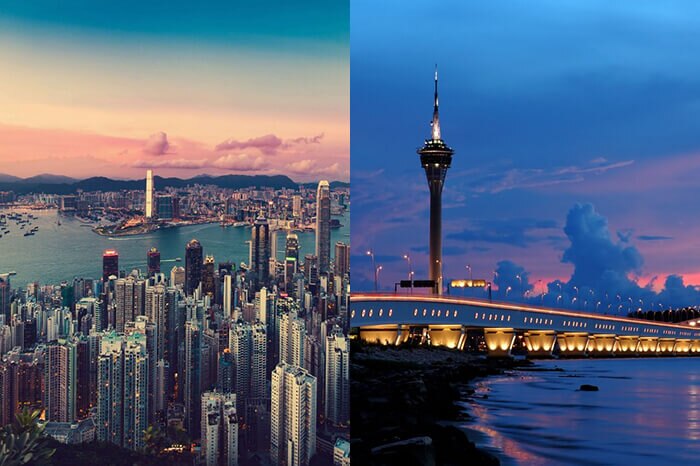
Hong Kong & Macau
Hong Kong is officially known as the Hong Kong Special Administrative Region. Hong Kong has one of the world’s most thriving economies and is a hub for international trade and investment. A cosmopolitan city, Hong Kong weaves Western and Asian influence into a world-class center of business, culture, and trade. Hong Kong’s sovereignty was transfered from the United Kingdom to the People’s Republic of China on July 1, 1997 under a “One Country, Two Systems” agreement. Under this agreement, Hong Kong will retain a high level of economic autonomy in all matters except defense affairs for the next 50 years.
Macau is on China's southern coast, 60 km (37 mi) west of Hong Kong, on the western side of the Pearl River estuary. It is surrounded by the South China Sea in the east and south, and neighbours the Guangdong city of Zhuhai to the west and north. The territory consists of Macau Peninsula, Taipa, and Coloane.

Indonesia
Over 17,000 islands spreading between the pacific and Indian Ocean; More than 200 ethnic groups with over 300 spoken languages bridging the continents of Asia and Australia; a multitude of amazing landscapes and biodiversity stretching along the equator line; this is Indonesia, a land of endless spectacular wonders! As the largest archipelagic country in the world, Indonesia is blessed with so many different people, cultures, customs, traditions, artworks, food, animals, plants, landscapes, and everything that made it almost like 100 (or even 200) countries melted beautifully into one. Every island here is a unique mixture of natural splendors and different cultures of people who live upon it; from the vibrant tourists’ paradises of Bali and Lombok to the mysteriously shrouded cultures of the Asmat in Papua and those who dwell the highlands of Toraja in South Sulawesi. Situated at the heart of the world’s precious coral triangle and along the Ring of Fire, Indonesia’s countless wonders stretches from mountain tops all the way to the bottom of its vast seas. Along the diverse landscapes, various unique wildlife made the archipelago their only natural habitat including the legendary Komodo Dragons, the gentle giant Orangutan, the majestic Cendrawasih Bird of Paradise, and so much more.

Israel
Israel is a small country in the Middle East about the size of the state of New Jersey. The country has a diverse climate with snowy mountains in the north and the hot desert in the south. Jordan, Syria, and the Palestinian Authority all border Israel to the east. Lebanon serves as the northern border and Egypt borders in the south. More than half of the population lives on the narrow coastal plain near the Mediterranean Sea to the west. The Dead Sea between Israel and Jordan is the lowest point on the Earth's surface at 1,365 feet (416 meters) below sea level. The water is so salty and rich in mineral deposits that no plants and animals can survive there. The water is warm year round. In the south and east land is hot and dry. The Negev Desert in southern Israel receives only 1 inch (32 mm) of rain a year. In the north, Galilee is known to have the most fertile farmland in the country. The story of modern Israel begins more than 3,500 years ago. Most Israelis are Jews, who are said to be descended from the biblical figure Abraham, through his son Isaac. They were originally a group of tribes known as Israelites. Abraham led the Israelites from Mesopotamia (now the country of Iraq) to the Judean Hills of what was then called Canaan. However, a famine later forced the Israelites to move to Egypt before Moses led them back in 1250 B.C. The returning Israelites fought for 200 years for control of Canaan.

Italy
Italy is a boot-shaped peninsula that juts out of southern Europe into the Adriatic Sea, Tyrrhenian Sea, Mediterranean Sea, and other waters. Its location has played an important role in its history. The sea surrounds Italy, and mountains crisscross the interior, dividing it into regions. The Alps cut across the top of the country and are streaked with long, thin glacial lakes. From the western end of the Alps, the Apennines mountains stretch south down the entire peninsula. West of the Apennines are wooded hills that are home to many of Italy's historic cities, including Rome. In the south are hot, dry coastlands and fertile plains where olives, almonds, and figs are grown. Italy's location on the Mediterranean linked it with the trade routes of the ancient civilizations that developed in the region. With the city of Rome's rise to power, the Italian peninsula became the center of a huge empire that lasted for centuries. Italy's first societies emerged around 1200 B.C. Around 800 B.C. Greeks settled in the south and Etruscans arose in central Italy. By the sixth century B.C., the Etruscans had created a group of states called Etruria. Meanwhile, Latin and Sabine people south of Etruria merged to form a strong city-state called Rome. Etruscan kings ruled Rome for nearly a hundred years.

Japan
Japan is an archipelago, or string of islands, on the eastern edge of Asia. There are four main islands: Hokkaido, Honshu, Shikoku, and Kyushu. There are also nearly 4,000 smaller islands! Japan's nearest mainland neighbors are the Siberian region of Russia in the north and Korea and China farther south. Almost four-fifths of Japan is covered with mountains. The Japanese Alps run down the center of the largest island, Honshu. The highest peak is Mount Fuji, a cone-shaped volcano considered sacred by many Japanese. Japan can be a dangerous place. Three of the tectonic plates that form Earth's crust meet nearby and often move against each other, causing earthquakes. More than a thousand earthquakes hit Japan every year. Japan also has about 200 volcanoes, 60 of which are active. People first came to Japan about 30,000 years ago. At the time, the main islands were connected to Siberia and Korea by bridges of dry land, so people crossed on foot. The first society, called the Jomon culture, arose about 12,000 years ago. Around the same time, the Ainu people arrived by boat from Siberia. The Jomon and Ainu survived for thousands of years, hunting, fishing, and gathering plants. In 300 B.C., the Yayoi people came to Honshu Island from Korea and China.

Jordan
Jordan is a young state that occupies an ancient land, one that bears the traces of many civilizations. Separated from ancient Palestine by the Jordan River, the region played a prominent role in biblical history. The ancient biblical kingdoms of Moab, Gilead, and Edom lie within its borders, as does the famed red stone city of Petra, the capital of the Nabatean kingdom and of the Roman province of Arabia Petraea. British traveler Gertrude Bell said of Petra, “It is like a fairy tale city, all pink and wonderful.” Part of the Ottoman Empire until 1918 and later a mandate of the United Kingdom, Jordan has been an independent kingdom since 1946. It is among the most politically liberal countries of the Arab world, and, although it shares in the troubles affecting the region, its rulers have expressed a commitment to maintaining peace and stability.

Kenya
Even if you've never been to Kenya, chances are you know what it looks like. Kenya's savanna is familiar from movies, TV shows, books, and commercials. It's the landscape many people imagine when they think of Africa. Kenya is located in East Africa. Its terrain rises from a low coastal plain on the Indian Ocean to mountains and plateaus at its center. Most Kenyans live in the highlands, where Nairobi, the capital, sits at an altitude of 5,500 feet (1,700 meters). West of Nairobi the land descends to the Great Rift Valley, a 4,000-mile (6,400-kilometer) tear in the Earth's crust. Within this valley in the deserts of northern Kenya are the jade-green waters of famous Lake Turkana. Kenya's location between the Indian Ocean and Lake Victoria means that people from all over Africa and the Middle East have traveled and traded across it for centuries. This has created a diverse culture with many ethnic groups and languages. Scientists think Northern Kenya and Tanzania may have been the original birthplace of humans. The bones of one of the earliest human ancestors ever found were discovered in Kenya's Turkana Basin. Slavery is a big part of Kenya's history. During the 1600s and 1700s, many Kenyans were kidnapped and taken as slaves by Arabs, Europeans, and Americans. By the mid-19th century, slavery was outlawed by most countries, but by then, thousands of Kenyans and other East Africans had been taken to countries throughout the world.
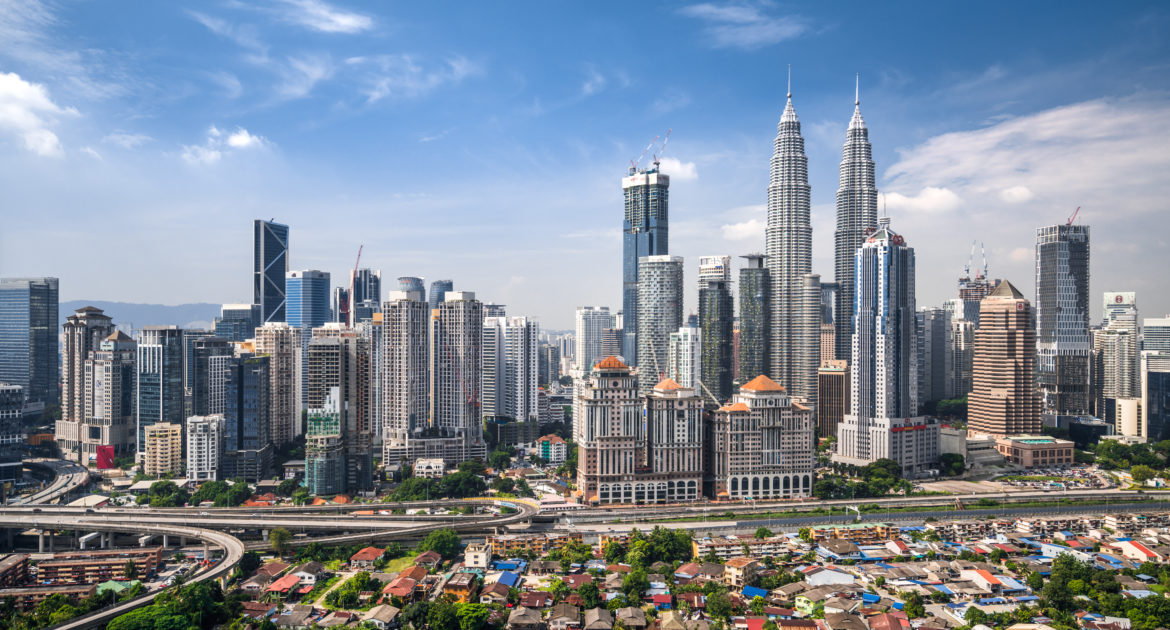
Malaysia
Malaysia, country of Southeast Asia, lying just north of the Equator, that is composed of two noncontiguous regions: Peninsular Malaysia (Semenanjung Malaysia), also called West Malaysia (Malaysia Barat), which is on the Malay Peninsula, and East Malaysia (Malaysia Timur), which is on the island of Borneo. The Malaysian capital, Kuala Lumpur, lies in the western part of the peninsula, about 25 miles (40 km) from the coast; the administrative centre, Putrajaya, is located about 16 miles (25 km) south of the capital. Malaysia, a member of the Commonwealth, represents the political marriage of territories that were formerly under British rule. When it was established on September 16, 1963, Malaysia comprised the territories of Malaya (now Peninsular Malaysia), the island of Singapore, and the colonies of Sarawak and Sabah in northern Borneo. In August 1965 Singapore seceded from the federation and became an independent republic.
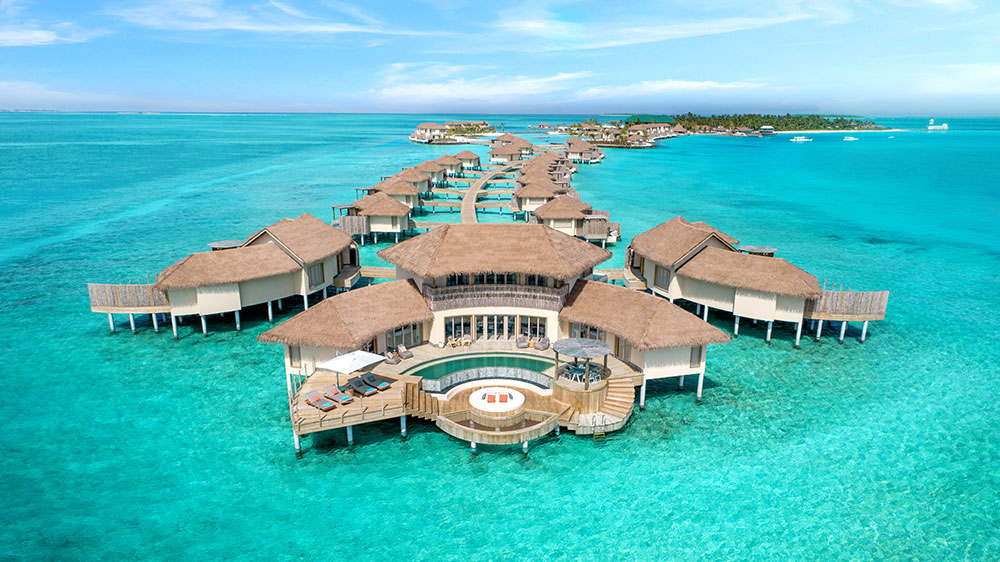
Maldives
Located just south of Sri Lanka in the Indian Ocean, The Maldives islands are without a doubt one of the most beautiful places on earth today. They offer the ultimate desert island paradise with the most incredible crystal clear turquoise waters, soft white sandy beaches, shallow lagoons, endless sunshine and some of the best coral reefs left on the planet. All of this coupled with the most wonderful warm friendly people makes the Maldives heaven on earth. The Maldives are comprised of 1,190 Coral Islands each surrounded by crystal-blue lagoons and grouped in a double chain of 27 atolls and spread over roughly 90,000 square kilometers making the country one of the most unique destinations in the world. 192 of the Islands are inhabited and of these 105 are resorts.

Mangolia
Mongolia is located in Asia between Russia to the north and China to the south. Situated on mountains and plateaus, it is one of the world's highest countries with elevation averaging 5,180 feet (1,580 meters). Mongolia is 435 miles (700 kilometers) from the Yellow Sea. Mongolia’s temperature can fluctuate as much as 35 degrees in one day. The country is very dry and receives only about four inches of rainfall per year. Southern Mongolia is dominated by the Gobi, which is one of the Earth’s coldest deserts and covers about 500,000 square miles (1,295,000 square kilometers). The Mongol Empire gained power as Genghis Khan and his sons conquered much of Asia and Europe during the 13th century.Marco Polo, his father, and an uncle were the first Europeans to cross the Gobi in about A.D. 1275.The southern portion of Mongolia, known as Inner Mongolia, is part of China. The northern region became independent from China in 1921 with Russia’s help. Mongolia became a communist country in 1924, but in 1990 multiparty elections were held by the people.

Myanmar
Myanmar, also called Burma, country, located in the western portion of mainland Southeast Asia. In 1989 the country’s official English name, which it had held since 1885, was changed from the Union of Burma to the Union of Myanmar; in the Burmese language the country has been known as Myanma (or, more precisely, Mranma Prañ) since the 13th century. The English name of the city that served as the country’s capital from 1948 to 2006, Rangoon, also was dropped in 1989 in favour of the common Burmese name, Yangon.

Nepal
Nepal lies between China and India in South Asia. The country is slightly larger than the state of Arkansas. Nepal has the greatest altitude change of any location on Earth. The lowlands are at sea level and the mountains of the Himalaya are the tallest in the world. Mount Everest rises to 29,035 feet (8,850 meters) and is the world’s highest peak. The Himalaya formed 10–15 million years ago when India collided with the continent of Asia and pushed the land into high mountains. Eight of the world’s ten highest mountain peaks are in Nepal. The Buddha, Siddartha Gautama, was born in 563 B.C. in Lumbini, a town near the border with India. In the 1800s, Nepal was a powerful country in South Asia. The British controlled India at the time and forced Nepal to sign treaties in 1816 giving land to Britain. The Nepalese signed the treaty, but they closed their borders to foreigners until 1951. The mountain known to westerners as Mount Everest was named after British surveyor Sir George Everest in 1863. The local Sherpa call it Chomolungma, meaning "Goddess Mother of the World." The Chinese name is Qomolangma. The Nepali word for Everest, Sagarmatha, means "Forehead of the Sky." Sir Edmund Hilary and a Sherpa guide reached the summit of Mount Everest in 1953. Many of those who have tried to reach the top of Everest have failed.
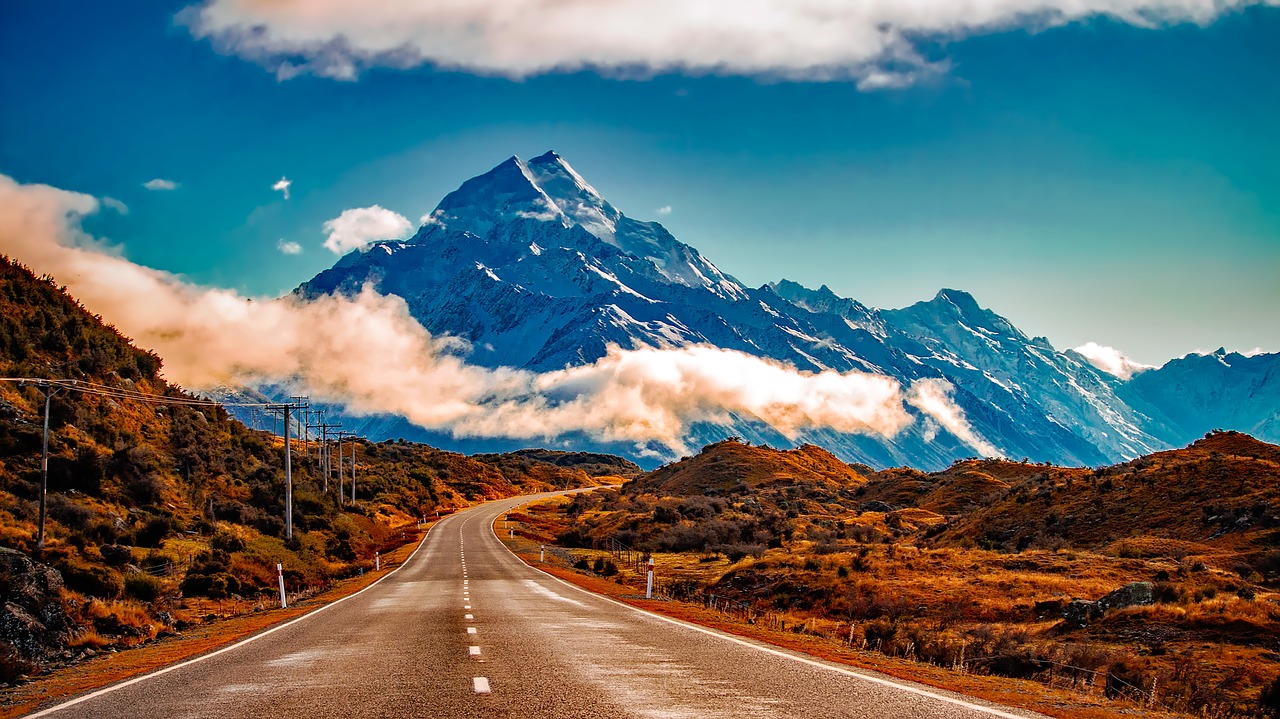
New Zealand
New Zealand is a remote, mountainous group of islands in the southeastern Pacific Ocean. The two main islands, North and South Islands, are separated by the Cook Strait. Australia, its nearest neighbor, is 1,000 miles (1,600 kilometers) away. The islands were created just 23 million years ago when land was thrust out of the ocean by volcanic forces. New Zealand has more than 50 volcanoes, some of which are still active today. Sharp snowy peaks, rocky shores, and pastures create a majestic landscape. The South Island is home to the highest mountain peak in New Zealand, Mount Cook, which rises to 12,316 feet (3,754 meters) and is called "Cloud Piercer" by the Maori people. The Maori people arrived by canoe from islands in Polynesia near Tahiti around 1,000 A.D. In the 1600s, the Dutch explorer Abel Tasman visited the islands, but his party left after being attacked. New Zealand was named Nieuw Zeeland after a region in the Netherlands. In 1769, Captain James Cook came to the islands. The British established settlements and signed a treaty with the Maori in 1840. The Maori protested the treaty after their lands were seized, and in the 1860s, they began a 12-year war against the British for control of North Island.

Philippines
The Philippines is an archipelago, or string of over 7,100 islands, in southeastern Asia between the South China Sea and the Pacific Ocean. The two largest islands, Luzon and Mindanao, make up for two-thirds of the total land area. Only about one third of the islands are inhabited. Ferdinand Magellan first landed in the Philippines in 1521. The name Philippines comes from Philip II who was the king of Spain during the 16th century when the country became a Spanish colony. The Philippines was granted to the United States in 1898 following the Spanish-American War. In 1935 the Philippines became self-governing, but their independence was delayed by World War II and the invasion of Japanese troops. The islands were liberated by U.S. forces in 1944-45, and the Republic of the Philippines was proclaimed in 1946, with a government patterned on that of the United States. In 1965 Ferdinand Marcos was elected president. He declared martial law in 1972, which lasted until 1981. After 20 years of rule, Marcos was driven from power in 1986. Corazon Aquino became president and instituted a period of democratic rule in the country.
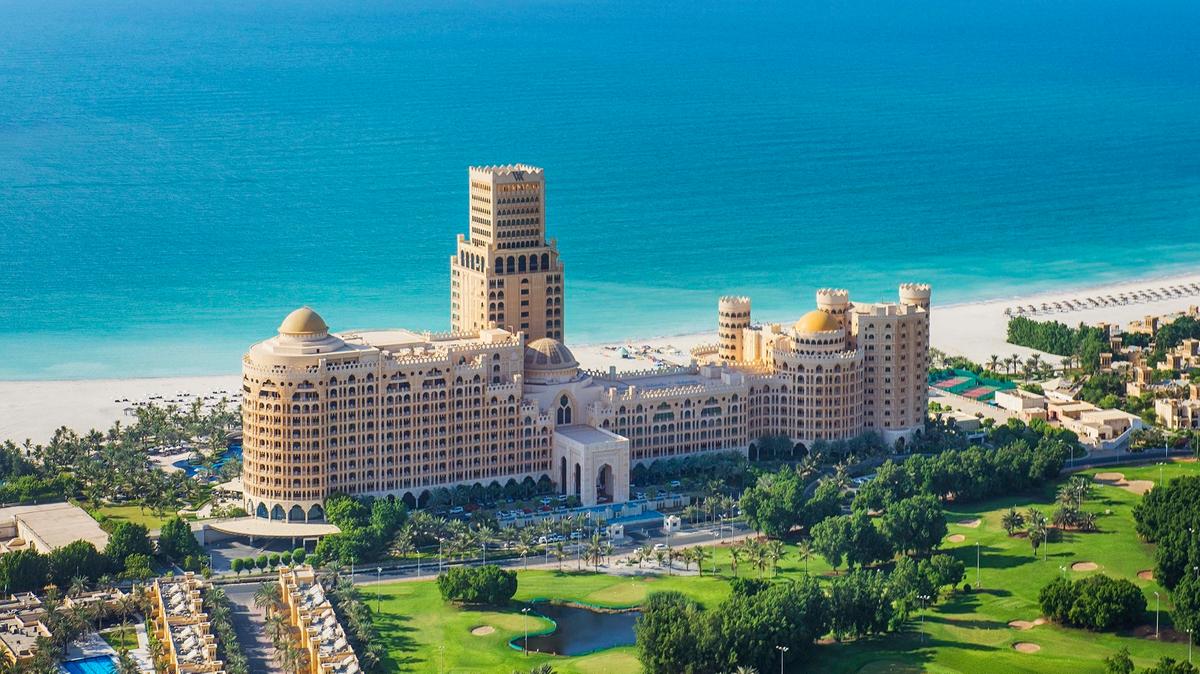
RAS AL KHAIMAH
Ras Al Khaimah is one of seven emirates that joined to form the United Arab Emirates on December 2, 1971, with Ras Al Khaimah joining the UAE on February 10, 1972. The other six emirates are Abu Dhabi, Dubai, Sharjah, Ajman, Ras Al Khaimah, Umm Al Quwain, and Fujairah with Abu Dhabi being the capital of the UAE. The UAE has its own permanent constitution that illustrates the basic rules of the political system as well as the federation’s components and goals. The emirate is governed by a local government under the leadership and guidance of Supreme Council Member and Ras Al Khaimah Ruler, His Highness Sheikh Saud Bin Saqr Al Qasimi, and Crown Prince Sheikh Mohamed Bin Saud Bin Saqr Al Qasimi. Originally known as Julfar, Ras Al Khaimah’s history dates back several millennia with it being inhabited for as long. Over time, several historical and archaeological sites have been discovered throughout the emirate – dating from different time periods, including remnants of the Umm an-Nar Culture (3rd millennium BC). As recently as October 2012, ancient graves were found in the Emirate.
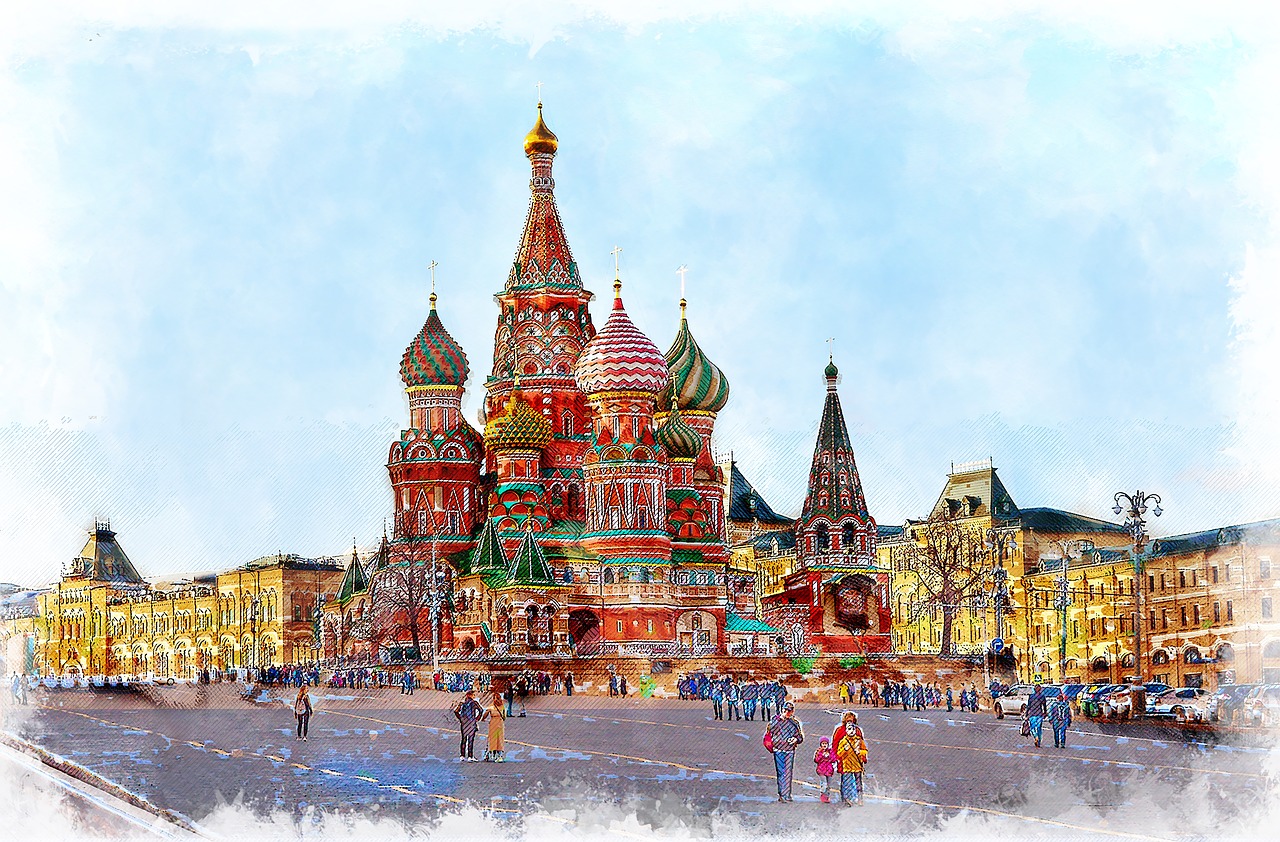
Russia
Russia, the largest country in the world, occupies one-tenth of all the land on Earth. It spans 11 time zones across two continents (Europe and Asia) and has coasts on three oceans (the Atlantic, Pacific, and Arctic). The Russian landscape varies from desert to frozen coastline, tall mountains to giant marshes. Much of Russia is made up of rolling, treeless plains called steppes. Siberia, which occupies three-quarters of Russia, is dominated by sprawling pine forests called taigas. Russia has about 100,000 rivers, including some of the longest and most powerful in the world. It also has many lakes, including Europe's two largest: Ladoga and Onega. Lake Baikal in Siberia contains more water than any other lake on Earth. The earliest human settlements in Russia arose around A.D. 500, as Scandinavians moved south to areas around the upper Volga River. These settlers mixed with Slavs from the west and built a fortress that would eventually become the Ukrainian city of Kiev. Kiev evolved into an empire that ruled most of European Russia for 200 years, then broke up into Ukraine, Belarus, and Muscovy. Muscovy's capital, Moscow, remained a small trading post until the 13th century, when Mongol invasions in the south drove people to settle in Moscow.
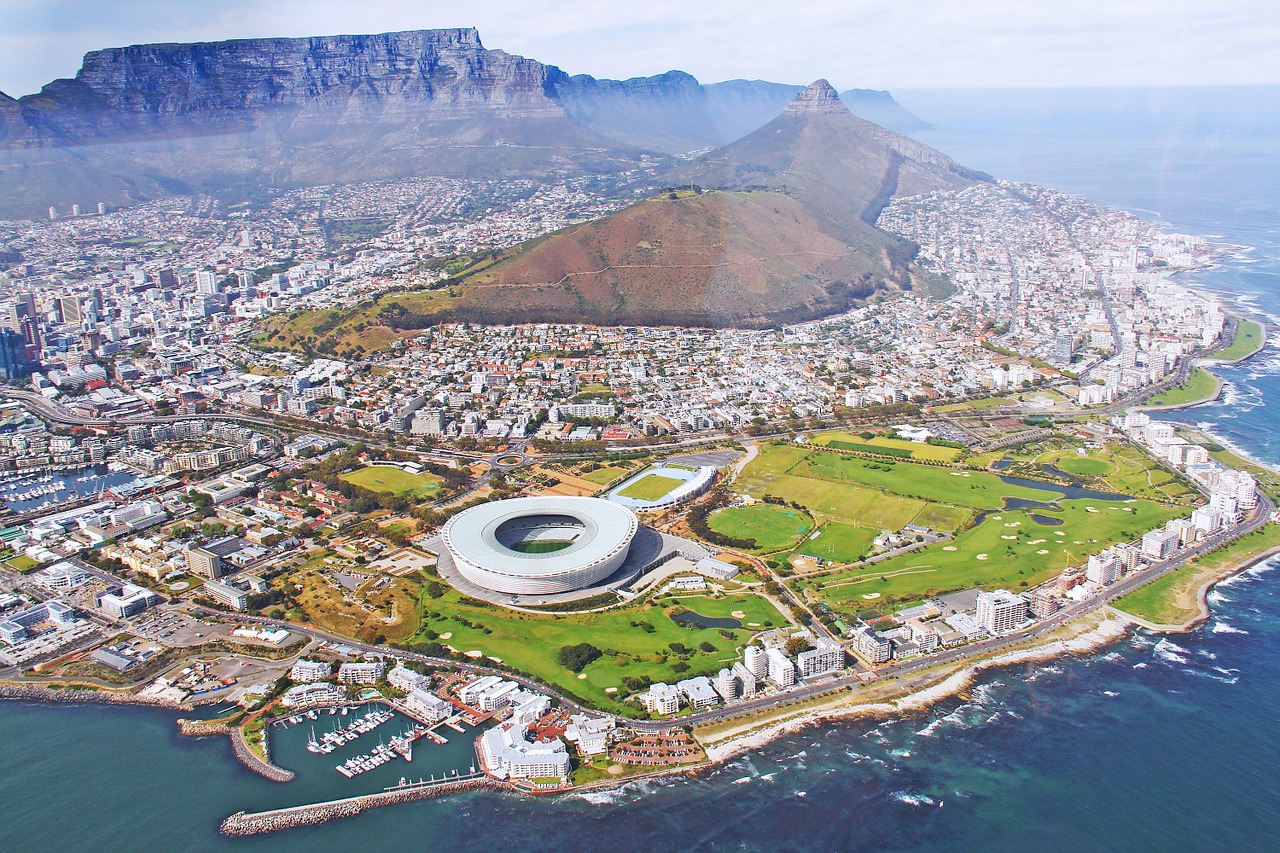
South Africa
Most of South Africa's landscape is made up of high, flat areas called plateaus. These lands are covered with rolling grasslands, called highveld, and tree-dotted plains called bushveld. To the east, south, and west of the plateau lands is a mountainous region called the Great Escarpment. The eastern range, called the Drakensberg, or Dragon's Mountain, is filled with jagged peaks, some more than 11,400 feet (3,475 meters) high. Interestingly, South Africa has another country within its borders. Nestled in the Drakensberg is the mountainous kingdom of Lesotho. Much of South Africa's water comes from the snowcapped peaks of this tiny, landlocked nation. In northern South Africa near Johannesburg, there is a cave formation called the Sterkfontein. Within these caves, archaeologists have uncovered some of the earliest human fossils ever found. Some are more than two million years old. The find earned the region the nickname "Cradle of Humankind." About 24,000 years ago, tribes of hunter-gatherers known as the San, or Bushmen, began moving into South Africa.
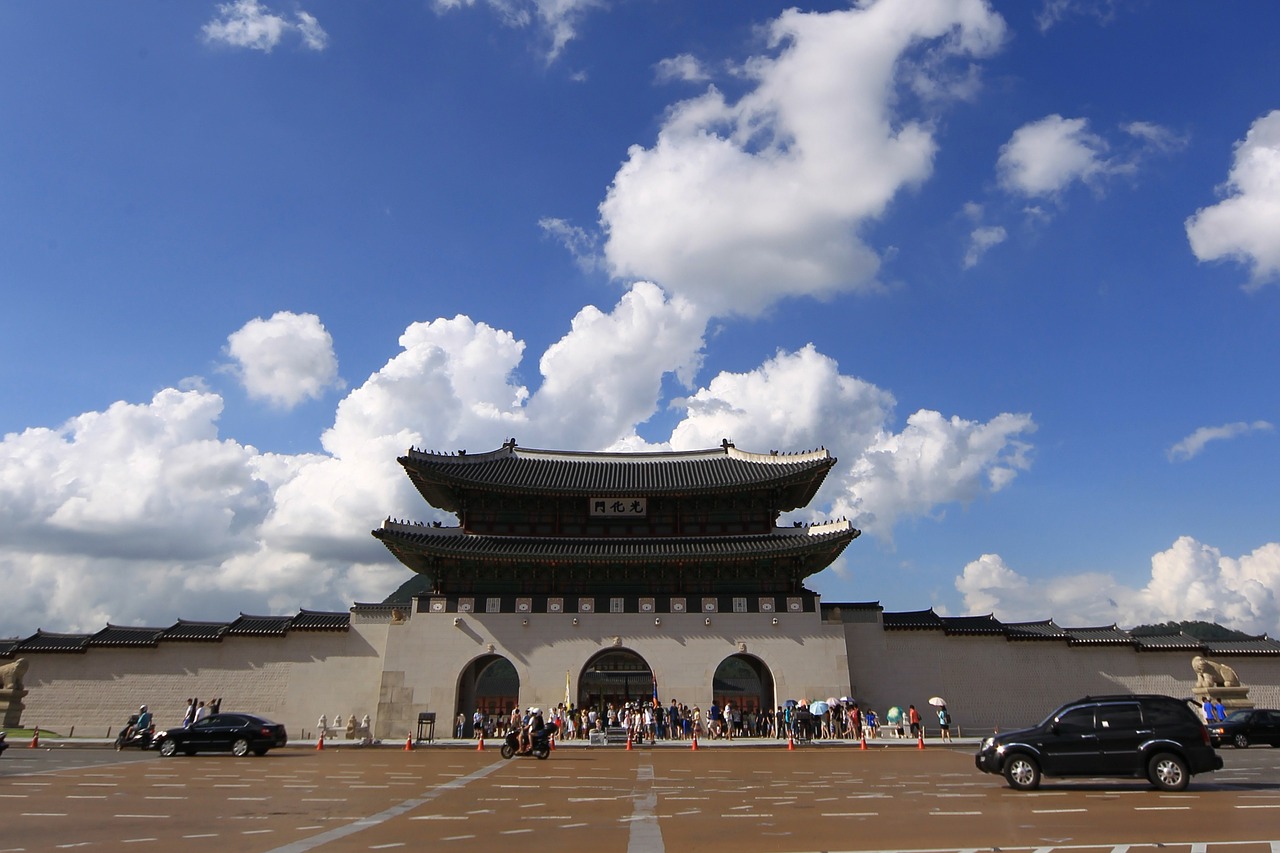
South Korea
Korea is a 750-mile-long (1,200-kilometer-long) peninsula located in the easternmost part of the Asian continent. Today, the country is split into South and North Korea, but in the minds of most of its citizens, it remains a single nation that cannot be divided. South Korea has many mountains, but they are small compared with others around the world. Over millions of years, their peaks have been worn down by rain and wind. Most summits are below 3,300 feet (1,000 meters). On South Korea's Jeju Island and along a narrow strip in the south, high humidity and rainfall give rise to tropical evergreen jungles. The peninsula is also surrounded by about 3,000 volcanic islands. People have been living in Korea for at least 10,000 years. Archaeologists believe the ancestors of today's Koreans came from Mongolia and Siberia. Korea's first kingdom was Old Chosun, which ruled the northwest and parts of China for more than 22 centuries. In 108 B.C. it was overthrown by Chinese armies, and three new kingdoms emerged: Koguryo, Paekche, and Silla. In the A.D. 660s, the Silla, with the help of Chinese troops, won control of the country. By A.D. 901 Korea had once again broken into three kingdoms. In 936, a powerful noble named Wang Kon unified the country under the name Koryo. This kingdom lasted until 1392, when the Yi family seized the throne and began the Choson dynasty, which ruled until 1910.

Singapore
Located in Southeast Asia, Singapore consists of one 30-mile-long island (called Pulau Ujong, or mainland Singapore) surrounded by 62 smaller islands. The country’s neighbors include Malaysia to the north and Indonesia to the south. Most of Singapore is flat, with more than half of Pulau Ujong only 50 feet (15 meters) above sea level. However, the middle of the island includes Bukit Timah Hill, the highest natural point in Singapore. It stands 545 feet (166 meters)—about the height of a 44-story building. The original name of the island, Tumasik (or Temasek), was taken from the Javense word tasek, which means “sea.” (Javanese is spoken on the island of Java, in Indonesia.) For centuries, Tumasik was a stopping place for sailors traveling between India and China. The island was mostly settled by fishermen and pirates. During the 14th century, Tumasik earned its new name, “Singapura” (meaning “The Lion City”), after a visiting prince spotted what he thought was an Asiatic lion on the island.

Spain
Spain occupies most of the Iberian Peninsula, stretching south from the Pyrenees Mountains to the Strait of Gibraltar, which separates Spain from Africa. To the east lies the Mediterranean Sea, including Spain's Balearic Islands. Spain also rules two cities in North Africa and the Canary Islands in the Atlantic. The interior of Spain is a high, dry plateau surrounded and crisscrossed by mountain ranges. Rivers run to the coasts, creating good farmland. Still, the interior of the country gets very hot in summer and very cold and dry in the winter. Droughts are common. Plants and trees grow so well on the northwestern coast, in Galicia and along the Bay of Biscay, that the area is called Green Spain. Rain, trapped by the mountains farther inland, is frequent. Beech and oak trees flourish here. Numerous coves and inlets break up the coastline. The southern and eastern coasts of Spain, from the fertile Andalusian plain up to the Pyrenees, are often swept by warm winds called sirocco winds. These winds originate in northern Africa and keep temperatures along the Mediterranean coast milder than the interior. Settlers have migrated to Spain from Europe, Africa, and the Mediterranean since the dawn of history. The Phoenicians, who came in the 8th century B.C., called the peninsula "Span," or hidden land.

Srilanka
separated from peninsular India by the Palk Strait. It is located between latitudes 5°55′ and 9°51′ N and longitudes 79°41′ and 81°53′ E and has a maximum length of 268 miles (432 km) and a maximum width of 139 miles (224 km). Proximity to the Indian subcontinent has facilitated close cultural interaction between Sri Lanka and India from ancient times. At a crossroads of maritime routes traversing the Indian Ocean, Sri Lanka has also been exposed to cultural influences from other Asian civilizations. Ancient Greek geographers called it Taprobane. Arabs referred to it as Serendib. Later European mapmakers called it Ceylon, a name still used occasionally for trade purposes. It officially became Sri Lanka in 1972. The distinctive civilization of Sri Lanka, with roots that can be traced back to the 6th century BCE, is characterized by two factors: the preservation of Theravada Buddhism (the orthodox school of Buddhism having its literary traditions in the Pali language) and the development over two millennia of a sophisticated system of irrigation in the drier parts of the country. This civilization was further enriched by the influences of Hinduism and Islam.

Switzerland
Switzerland is a small mountainous country located in central Europe. This landlocked country is about the size of New Jersey and is between France and Italy. It is also bordered by Austria, Germany, and Liechtenstein. Most of the population lives in the plateau which is between the high Alps in the south and the Jura mountains in the north. The mountainous area in the south is sparsely populated. Switzerland was formed in 1291 as a union of three states and became an independent country in 1815. The constitution, adopted in 1848, does not allow for troops to be sent to serve in foreign wars. The country has remained neutral in conflicts around the world, including both world wars. Switzerland did not become a member of the United Nations until 2002, and is not a member of the European Union.

Thailand
Thailand is in the heart of Southeast Asia. Cambodia and Laos border the country to the east and northeast, and Myanmar lies to the northwest. To the west is the Andaman Sea and the Gulf of Thailand, southeast of Burma. The long southern region, connecting with Malaysia, is hilly and forested. The highest mountains are in northern Thailand. Around 2000 B.C. people built settlements in the hillsides of Thailand. The first one is thought to be Ben Chiang. Pieces of pottery, tools, and jewelry from 200 B.C. to 300 A.D. have been dug up in this area. Thailand, which means “land of the free,” was known as Siam until 1939. Known as Siam until 1939, Thailand is the only Southeast Asian country never to have been taken over by a European power. A revolution in 1932 led to a constitutional monarchy. The king is the leader of the country. The prime minister is picked from among members of the House of Representatives, but is appointed by the king. Agriculture and tourism are the most important industries in Thailand. In December 2004, the catastrophic Indian Ocean tsunami hit Thailand, but the country's economy has largely recovered from the disaster's effect.
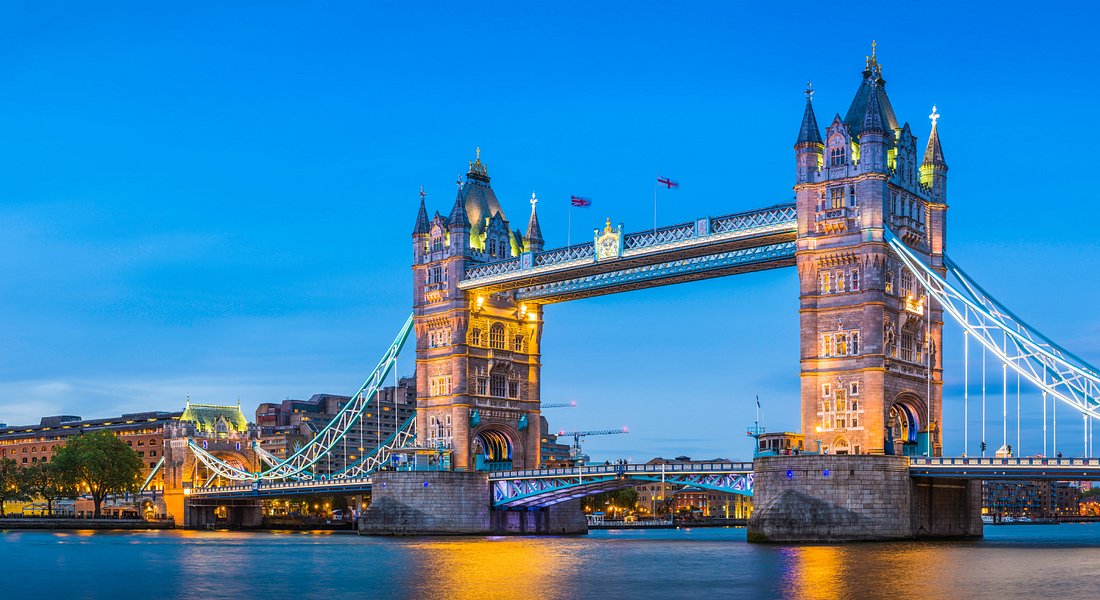
United Kingdom
The United Kingdom, also called the U.K., consists of a group of islands off the northwest coast of Europe. It is a unique country made up of four nations: England, Wales, Scotland, and Northern Ireland. England, Wales, and Scotland also make up Great Britain. Much of the north and west of the U.K. is covered in high ground, knife-edged mountain ridges separated by deep valleys. This terrain was shaped in the last Ice Age, when thick glaciers covered the land. In the south of England, the countryside is mostly rolling hills. In northwest England and the Scottish Highlands are dozens of lakes, called lochs. These were left behind when the Ice Age glaciers melted. They tend to be long and narrow, and some are very deep. Legends say that a giant monster called Nessie lives in Loch Ness in Scotland. The first Britons (people who live in the United Kingdom) were the Picts, who arrived about 10,000 years ago. In the eighth century B.C., the Celts arrived from Europe and pushed the Picts north into Scotland. In A.D. 43, the Romans invaded and ruled for nearly 400 years. They built roads, bathhouses, sewers, and large villas. By the sixth century A.D.

United States of America
The United States of America is the world's third largest country in size and nearly the third largest in terms of population. Located in North America, the country is bordered on the west by the Pacific Ocean and to the east by the Atlantic Ocean. Along the northern border is Canada and the southern border is Mexico. There are 50 states and the District of Columbia. More than twice the size of the European Union, the United States has high mountains in the West and a vast central plain. The lowest point in the country is in Death Valley which is at -282 feet (-86 meters) and the highest peak is Denali (Mt. McKinley) at 20,320 feet (6,198 meters). For centuries native peoples lived across the vast expanse that would become the United States. In the early 17th century, settlers moved from Europe to the New World, established colonies, and displaced the native peoples. The settlers fought for their independence from Britain in the late 18th century and formed a union of states based on a new constitution. The nation continued to expand westward and although the country is a relatively young nation, it has become a global power since declaring independence from Britain on July 4, 1776.

Vietnam
Vietnam is a long, narrow nation shaped like the letter s. It is in Southeast Asia on the eastern edge of the peninsula known as Indochina. Its neighbour’s include China to the north and Laos and Cambodia to the west. The South China Sea lies to the east and south. The mountains of the Annam Cordillera rise over most of the western side of Vietnam, while a thousand-mile (1,600-kilometer) coastline dominates the east. At its narrowest point, Vietnam is only 30 miles (48 kilometers) wide. Two of Vietnam's largest rivers, the Mekong in the south and the Red in the north, end at the South China Sea in huge swampy plains called deltas. These regions are home to most of the country's people and provide fertile ground to grow rice and many other crops. Vietnam's first civilizations arose in the Red River Valley some 5,000 years ago. These northern tribes flourished until 207 B.C., when their region was conquered by a Chinese lord, who established a kingdom called Nam Viet. In 111 B.C., Nam Viet became part of the Chinese empire, which ruled the north until A.D. 939, when a Vietnamese commander named Ngo Quyen organized a revolt that drove the Chinese out. Later dynasties renamed the country Dai Viet and gradually extended their territory south. By the mid-1500s, Dai Viet was divided between rival kingdoms: the Trinh in the north and the Nguyen in the south. In 1802, a Nguyen lord, with the help of the French, defeated the Trinh and renamed the country Vietnam.

